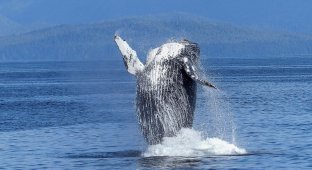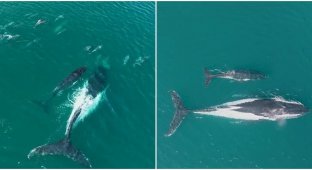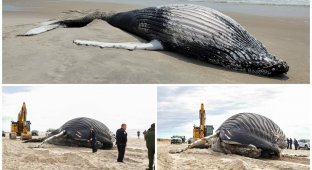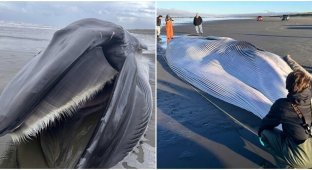Scientists were able to communicate with a humpback whale in its language (17 photos + 1 video)
For almost 40 years, the SETI Institute has been searching for extraterrestrial intelligence. Since no clear signs of the existence of aliens have yet been discovered, scientists have turned to the search for non-human intelligence on Earth. It turned out that what they were looking for was hidden in our endless blue oceans. 
The female humpback whale named Twain has been known to researchers since she was spotted in Hawaii in the 1980s. Twain recently surprised the world by engaging in human communication for the first time in history by answering recorded "whup-throp" calls 36 times.
A team of scientists from the SETI Institute "talked" to a 38-year-old female humpback whale in her native language for the first time in history. 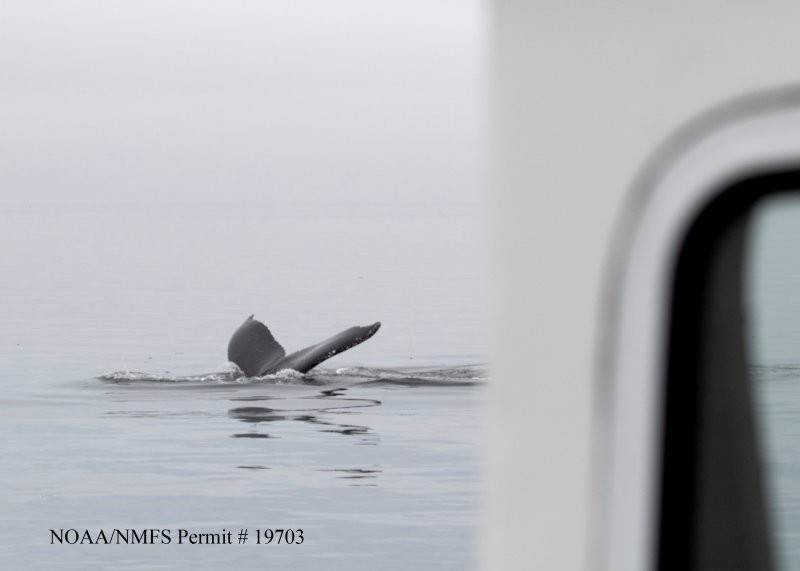
During a 2021 expedition to Frederick Sound in southeast Alaska, a recorded "whup-throp" social call was broadcast and the animal's vocal responses were recorded using a hydrophone. 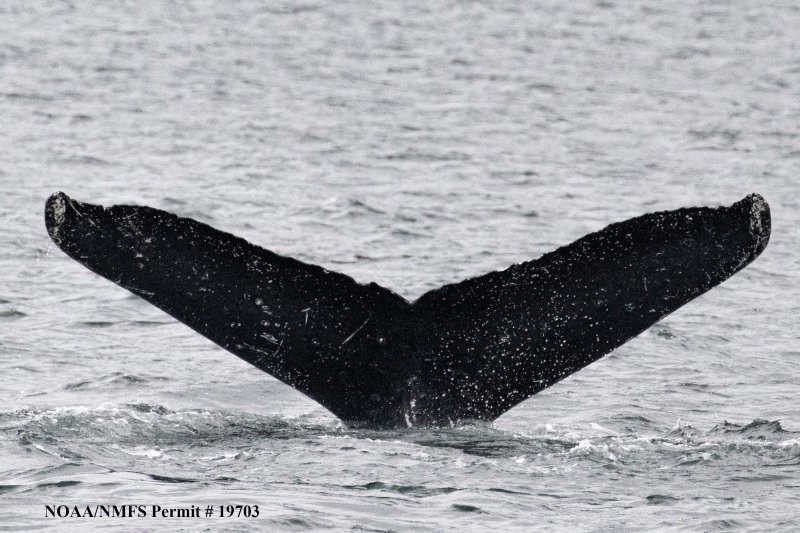
Approaching just 100 meters from the explorers' vessel, Twain responded to a contact call sounded through an underwater speaker. According to the study, the consistency of the intervals between each call reflects human conversational style. 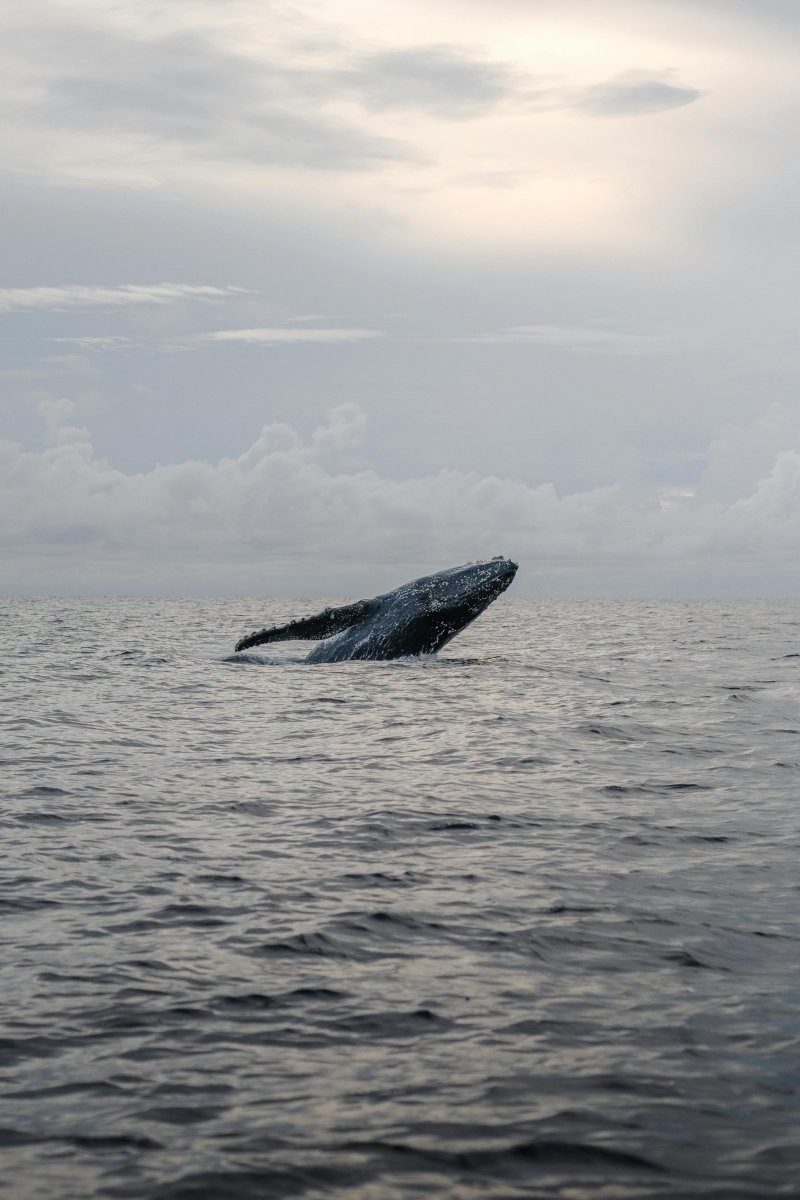
“After playing the contact signal three times, we got a huge response,” says Brenda McCowan, lead author of the study from the University of California, Davis. “Then, in order to keep the animal, I began to select the delay time between her responses and our calls. So, if she waited 10 seconds, then I waited 10 seconds. In the end, we coincided with each other. We did this 36 times in 20 minutes. We believe this is the first such communication exchange between humans and humpback whales in their 'language,'" she added. 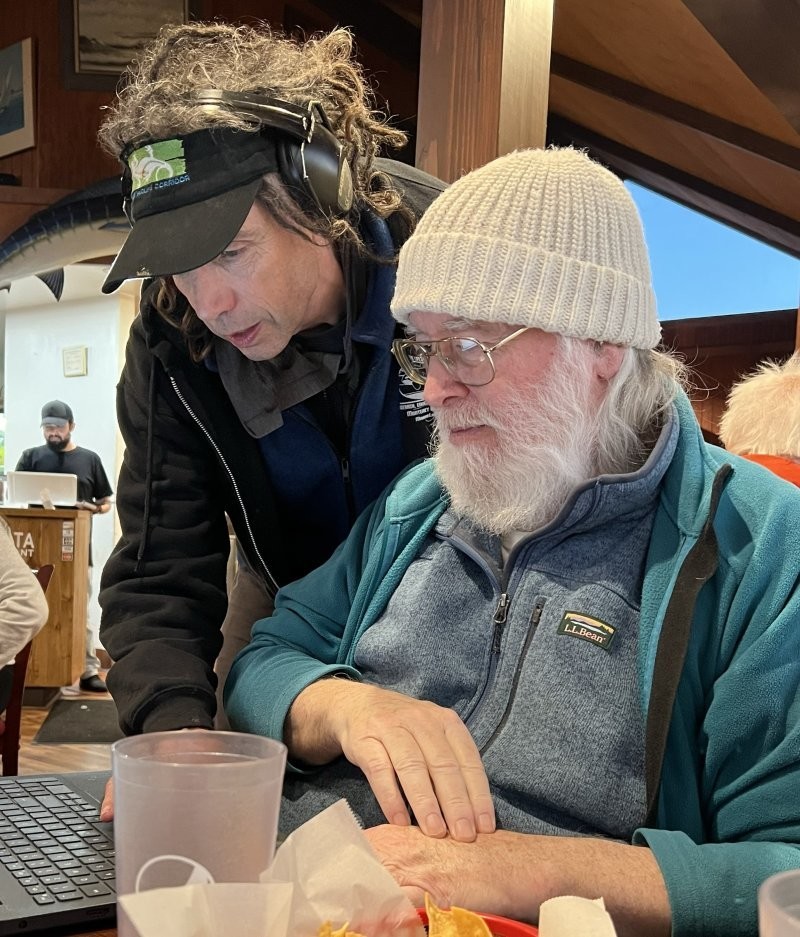
Jodi Frediani, who captured this momentous moment, has been observing the behavior of humpback whales for more than 20 years. When asked how it all began, the award-winning photographer from Monterey Bay said it all started in 2002 when she had the opportunity to swim with humpback whales:
“It was a life-changing experience to come face to face with these gentle giants in their watery element. Then I decided that I had to come back, and since then I have done so every year. Learning about their lives, the threats they face from human activities (ship strikes, entanglement in fishing gear, overfishing, plastic pollution), as well as the opportunity to educate people and share the intimacy of whale life and their beauty has become the main motivation for continuing them take pictures,” Jodi shared. 
“I have loved animals all my life. I am fascinated by the other species we share this planet with. Learning to understand their behavior and get to know them as individuals has always been a privilege for me. I hope that one day I will be able to understand their language. To be a member of the team that interacted with Twain is another step in that direction,” she explained.
The ocean has always been a special place for Jodi: “I grew up near the ocean and it has fascinated me ever since. Being by or in the ocean is always rejuvenating. We live on a water planet, and the oceans exude elements of mystery, power, beauty and tranquility that never get old. Spending time on or in the water with friends and the animals that live in the sea is like coming home to me.”
Scientists believe this world's first "conversation" between humans and whales could also be the first step towards understanding extraterrestrials. 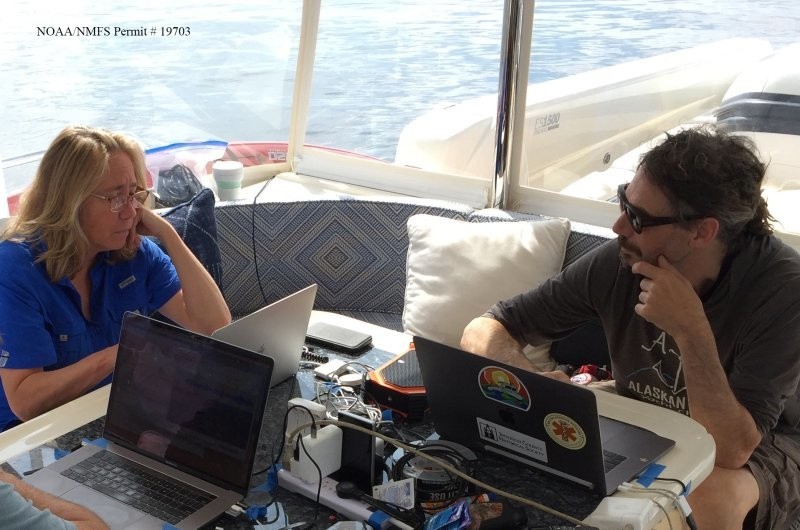

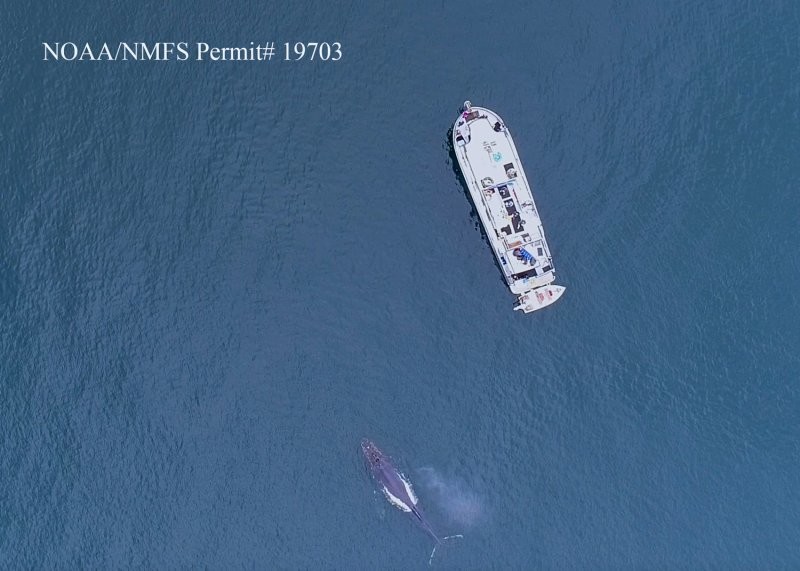
Whales are one of the largest and most ancient animals on Earth. Whale brains contain cells called spindle neurons, which are associated with advanced abilities such as recognition, memory, reasoning, communication, perception, adaptation to change, problem solving and understanding, suggesting that whales are indeed deep-thinking creatures.
One striking example of high biological intelligence is bubble net feeding, a complex, highly synchronized activity of humpback whales. Usually one whale leads the rest of the community, blowing bubbles in a spiral to keep the fish trapped. The rest of the community swims up underneath the fish and follows it to the surface with their mouths wide open, swallowing large volumes of water along with their prey. It is important to note that this behavior is not instinctive, it is learned; Not all populations of humpback whales are able to feed using a bubble net.
To coordinate and efficiently execute the bubble net, humpback whales use their vocal signals so that they can all feed. The size of the network can range from 3 to 30 meters in diameter. When whales come to the surface to feed, they can hold up to 60,000 liters of salt water in their mouths.
Whales are highly sociable and demonstrate high levels of emotional and social intelligence. 

Dr. Josephine Hubbard, an animal behaviorist currently pursuing her PhD at the University of California, Davis, hopes to understand the communicative complexity and intelligence of humpback whales: “It's like stepping into another world. You hear them rise to the surface. Then there is a big sigh, you see him and they are all together as a group. It's just incredible."
Many scientists believe that the songs of the humpback whale are among the most complex in the animal kingdom. The first recording of humpback whale song was made by US Navy engineer Frank Watlington in 1952. Then, almost 20 years later, marine biologist Roger Payne noticed something very important: these calls were organized into repeating patterns. This completely changed the understanding of whale vocalizations and stimulated interest that led to decades of research.
When scientists listen to humpback whales, vocal sounds fall into two different categories: song and non-song. Although all humpback whales can “sing,” scientists believe only the males do so, and their songs are most often heard at breeding grounds. The second category includes all non-song vocalizations that humpback whales produce. They are relatively short and do not have a repeating structure. Some sounds of this type have been associated with feeding or social behavior.
According to marine biologist Roger Payne, some whales even use the sonata form typical of human music: a theme, followed by variations, then a return to the theme. Early in his career, the biologist proposed the controversial idea that, for example, a blue whale, deep in the ocean and free from human noise pollution, could transmit a song that could be heard by another whale 20,000 kilometers away. Unlike humans, the dominant sense in whales is not vision, but hearing, and it is important to note that in water, sound can travel long distances and even 4 times faster than in air.
The songs of the humpback whale are considered among the most complex in the animal kingdom. 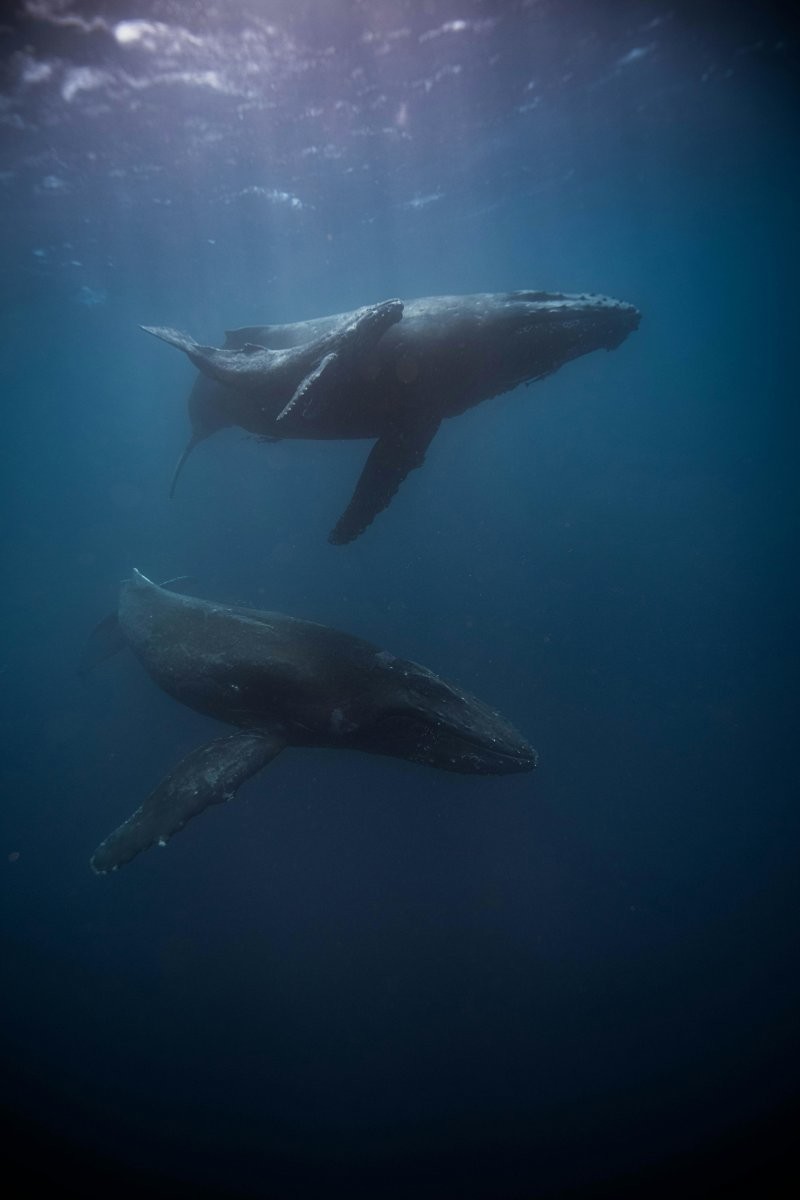
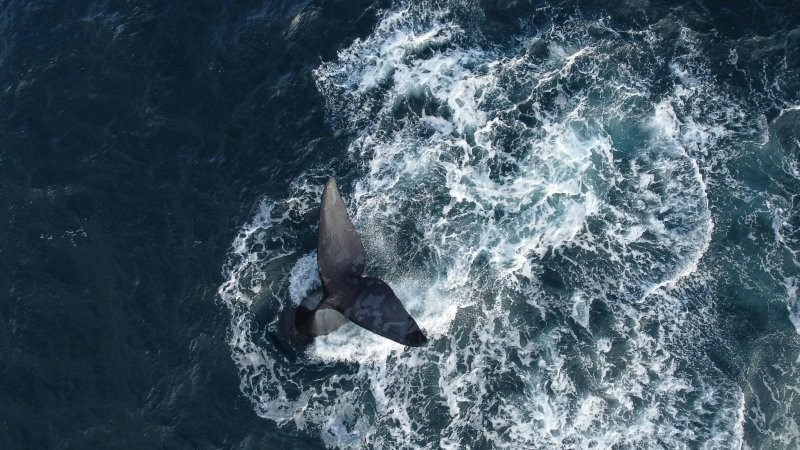
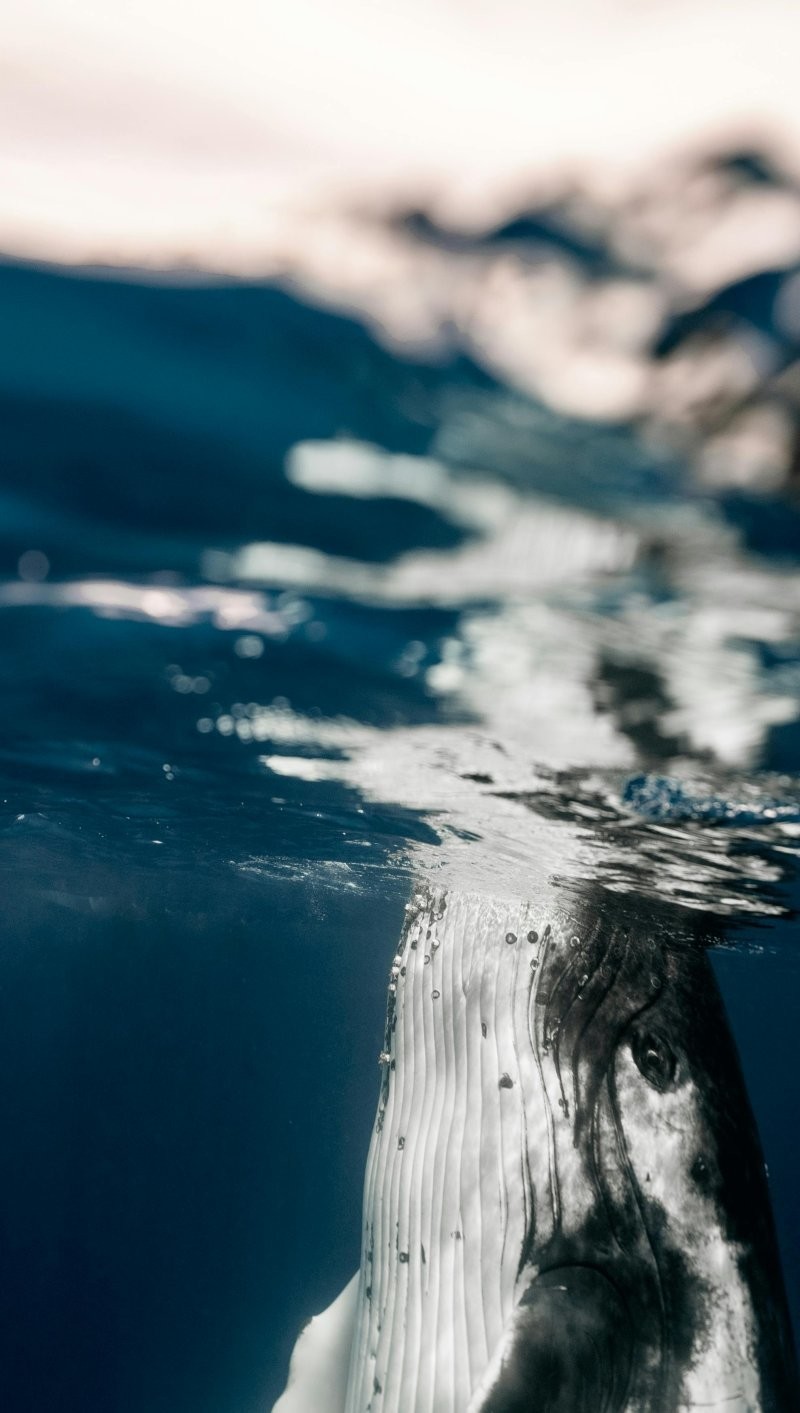
Whales, including humpback whales, right whales and blue whales, are capable of producing ultra-low-frequency sounds that can travel vast distances thanks to their unique larynxes (better known as “voice boxes”). Among all whales, blue whales can produce sounds up to 12.5 Hz, which is classified as infrasound and is below human hearing. While, for example, toothed whales, which include sperm whales, dolphins, porpoises and killer whales, are among the loudest animals on Earth.
Working with humpback whales offers a unique opportunity to study intelligent communication in non-human species, which could help develop signals to search for intelligent life beyond Earth. “Due to current technological limitations, an important assumption in the search for extraterrestrial intelligence is that aliens will be interested in making contact and will therefore specifically direct their signals to humans. This important assumption is certainly supported by the behavior of humpback whales,” explained Dr. Laurence Doyle from the SETI Institute.
"Conversation" with Alaskan humpback whale was an important step towards better understanding and studying non-human intelligence 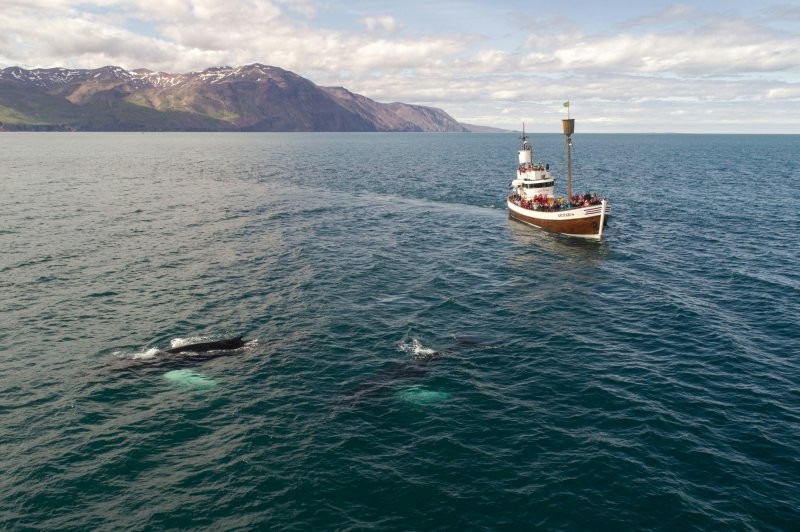
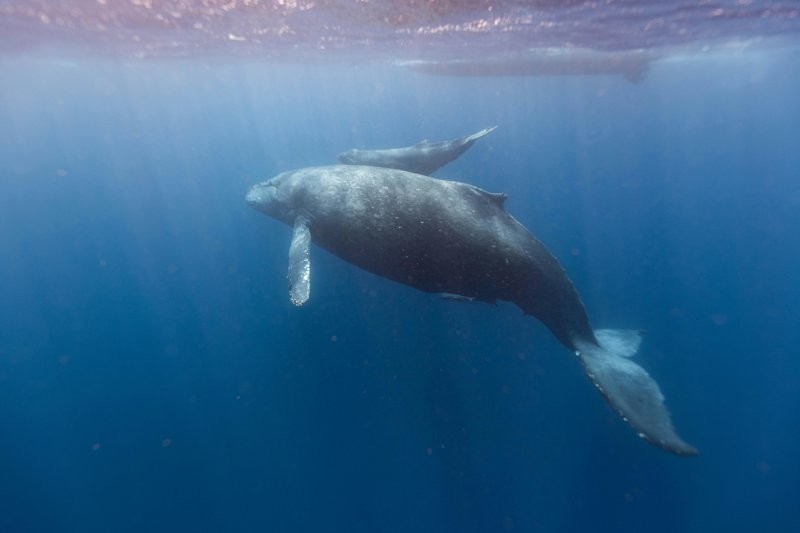
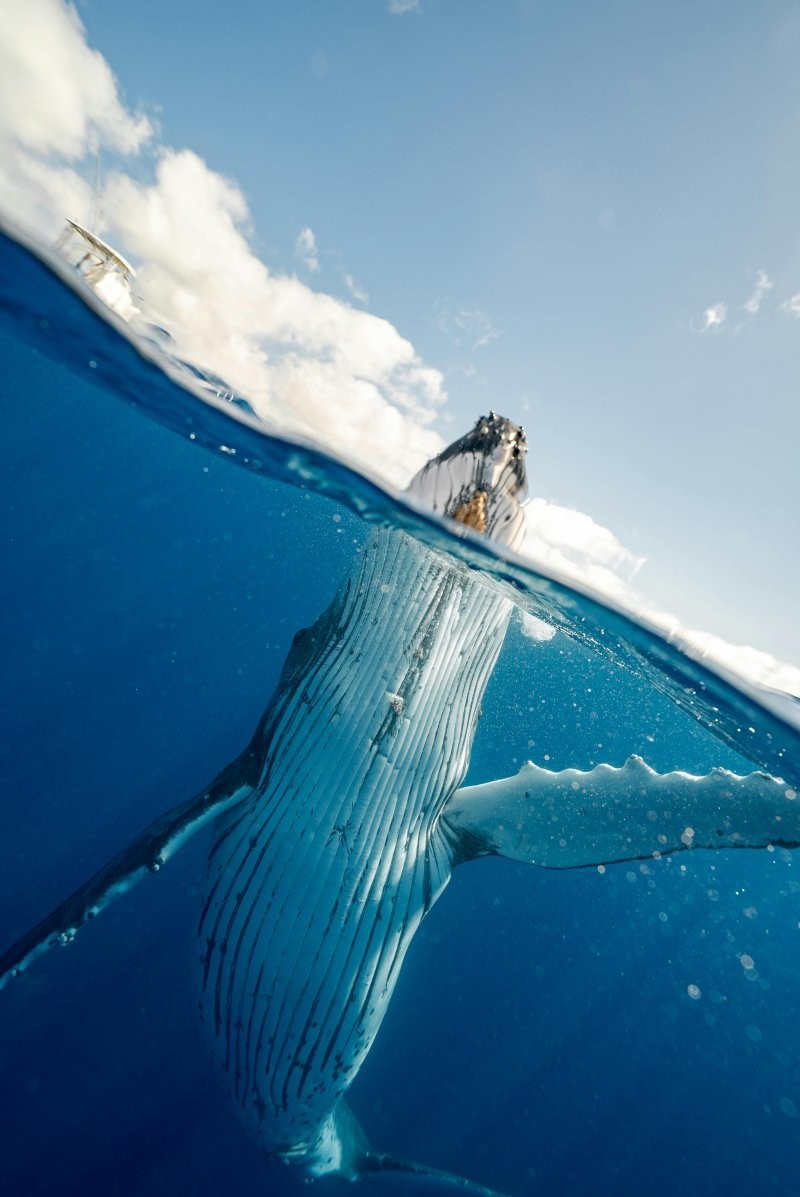
Whales seem so magical and mystical, as if they contain the greatest secrets of the Universe. The opportunity to connect and interact with these giants of the sea is something that is difficult to put into words. Scientists still have a lot to discover, and researchers at the SETI Institute are definitely making giant strides in this direction.












